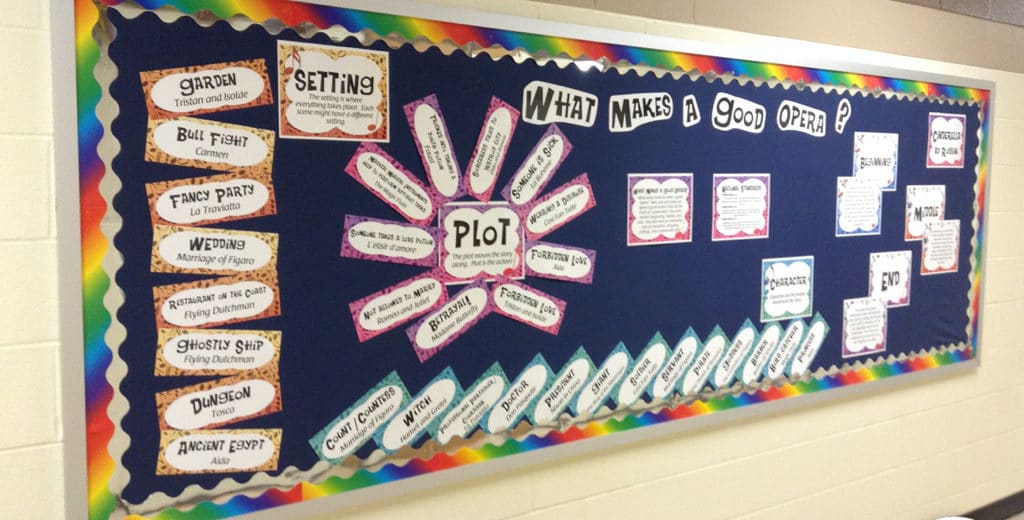
What Makes a Good Opera – Character, Plot, and Setting
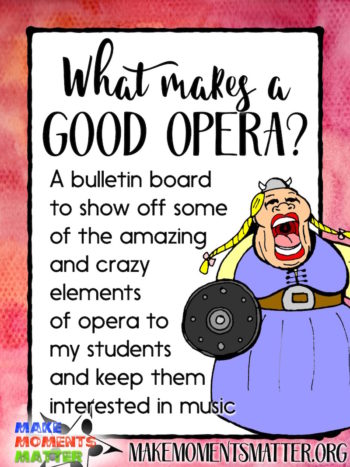 I feel like my students really get interested in opera once they realize some of the story lines or actually hear some of the music. It’s just hard at first because kids aren’t used to hearing an opera singer’s voice and don’t understand all the formality. Kids are used to hearing pop singers, autotuned music, and songs on the radio. I knew it was going to take a little more than just another listening lesson to get kids on board and and excited about opera. I made this bulletin board a couple of years ago and loved the literacy connections and how it sparked my students’ curiosity.
I feel like my students really get interested in opera once they realize some of the story lines or actually hear some of the music. It’s just hard at first because kids aren’t used to hearing an opera singer’s voice and don’t understand all the formality. Kids are used to hearing pop singers, autotuned music, and songs on the radio. I knew it was going to take a little more than just another listening lesson to get kids on board and and excited about opera. I made this bulletin board a couple of years ago and loved the literacy connections and how it sparked my students’ curiosity.
Below you’ll find some pictures of the bulletin board set I created for my kids and you can see how I set it up in my hallway. I used the bulletin board to show off some of the more colorful elements of opera and did my best to make the set revolve around the basic elements of writing that kids learn every year in their classroom: beginning, middle, and end as well as character, setting, and plot. Kids hear about these elements of good writing all the time and relating opera to them this way helps them to see connections between opera and great story telling. Their homeroom teachers LOVED that I helped make these connections and they got a chuckle out of some of the pieces I added to the bulletin board.
Then and Now – The Old Board and the New
I first created this bulletin board years ago when I was trying to advertise for an upcoming concert. My 4th graders were preparing for a show where they would sing in a special production with the Kansas City Lyric Opera. The KC Lyric Opera “Express” was coming to our school and I had to teach kids songs that they would sing with the opera performers. It was a daunting task as the kids didn’t really love the opera music at first. It was a genre they didn’t understand and the music was hard. I hoped that putting up a bulletin board like this would spark their interest.
I created the green bulletin board you see below with a basic cloth background and cut up elements on basic white paper. I put it out that first year but never loved the formatting or set up. So, presto-chango! I’ve reformatted and revamped this board from its original set-up and you’d better believe that I had it up on my hallway wall for our “Family Literacy Night.” The more colorful version you see on the right is what I came up with. Every time I put it back in the hallway I change how I set it up and sometimes only do a few of the elements at a time (ex. one week I might do the whole board about setting, the next whole week about plot, the next whole week about character, etc.
Love the Literacy Connections!
I also spent some time working out how to teach that operas have a Beginning, Middle, and End. I borrowed the story of Cinderella from Rossini’s opera, La Cenerentola, to show that operas use story development elements like every other medium. I dumbed down the story a bit to simplify, but the intent is still there and is honestly more kid friendly. I’ve seen lots of kids stop and look through characters, plots, and settings and I’ve even seen a couple teachers point out to kids the different literacy elements. My greatest triumph would be if a kid ended up adding something like a “Ghostsly Ship” from Flying Dutchman or “Sorceress tries to destroy city” from Dido and Aeneas as settings or plots in their own writing. How hilarious would that be!?
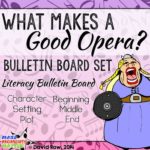 If you like this bulletin board set, you can preview the different slides and get a better look at it here on my Teachers Pay Teachers page. If you do get the set and find a character or plot element missing that you’d love to see (this is a nod to you all you opera buffs out there) email me at MakeMomentsMatter@gmail.com and I’ll be happy to include it!
If you like this bulletin board set, you can preview the different slides and get a better look at it here on my Teachers Pay Teachers page. If you do get the set and find a character or plot element missing that you’d love to see (this is a nod to you all you opera buffs out there) email me at MakeMomentsMatter@gmail.com and I’ll be happy to include it!

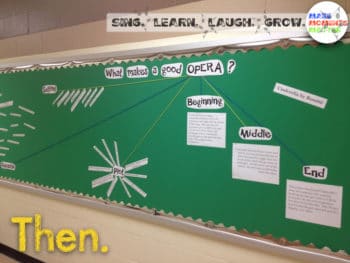
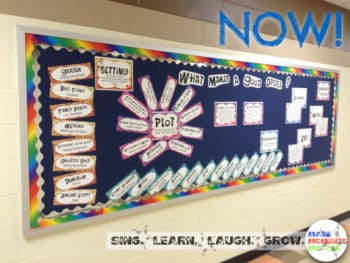
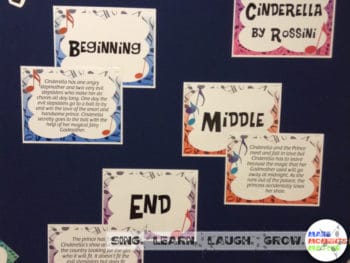
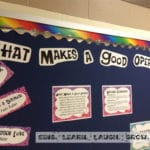
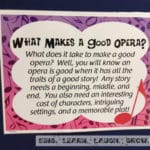
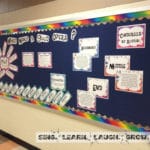

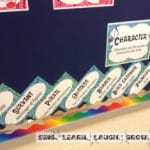
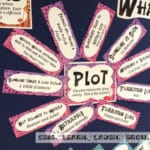
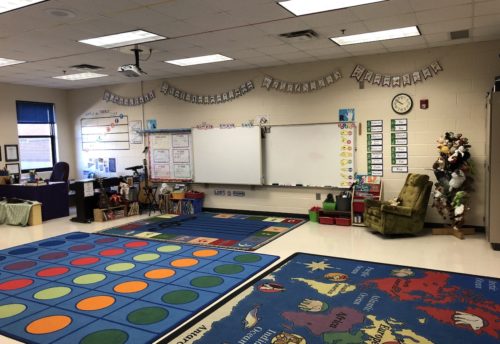
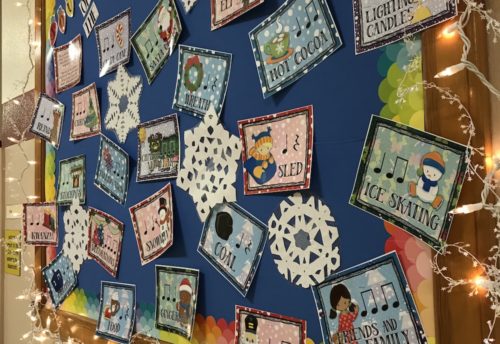
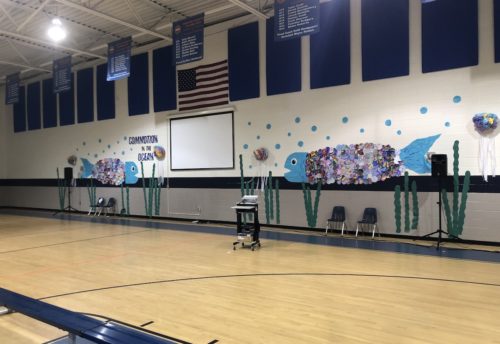
Leave a Reply